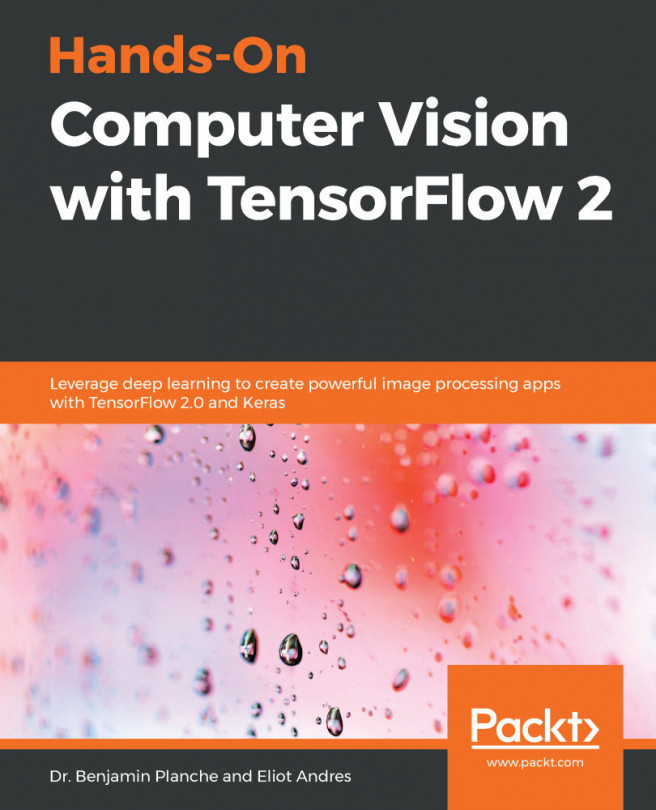Chapter 2. Deep Learning and Convolutional Neural Networks
efore we begin this chapter, we need to talk a bit about AI and machine learning (ML) and how those two components fit together. The term "artificial" refers to something that is not real or natural, whereas "intelligence" refers to something capable of understanding, learning, or able to solve problems (and, in extreme cases, being self-aware).
Officially, artificial intelligence research began at the Dartmouth Conference of 1956 where AI and its mission were defined. In the following years, everyone was optimistic as machines were able to solve algebra problems and learn English, and the first robot was constructed in 1972. However in the 1970s, due to overpromising but under delivering, there was a so-called AI winter where AI research was limited and underfunded. After this though AI was reborn through expert systems, that could display human-level analytical skills. Afterwards, a second AI winter machine learning got recognized...







































































